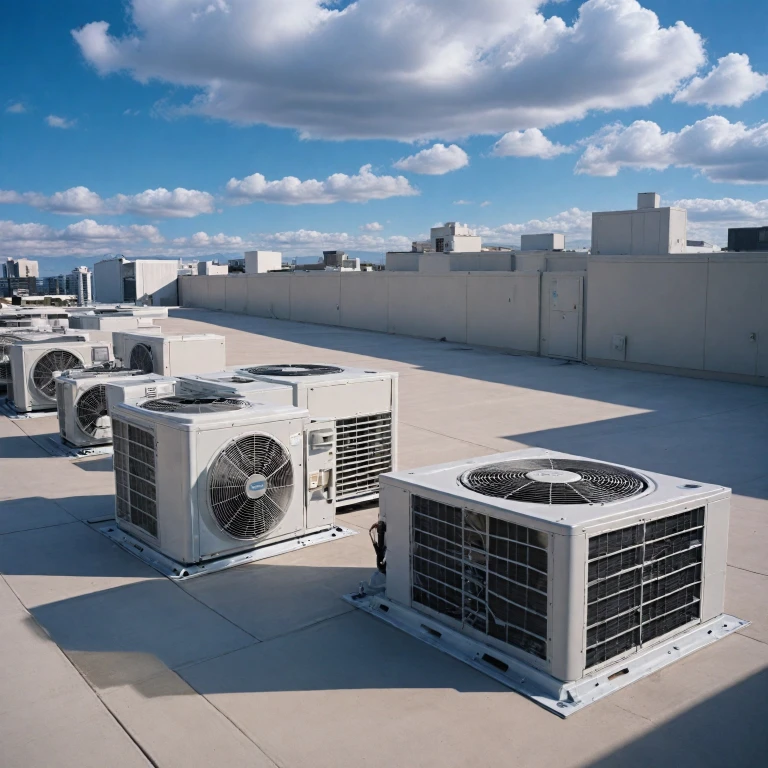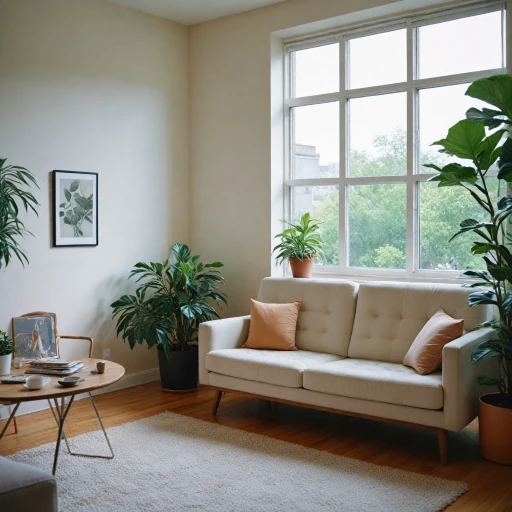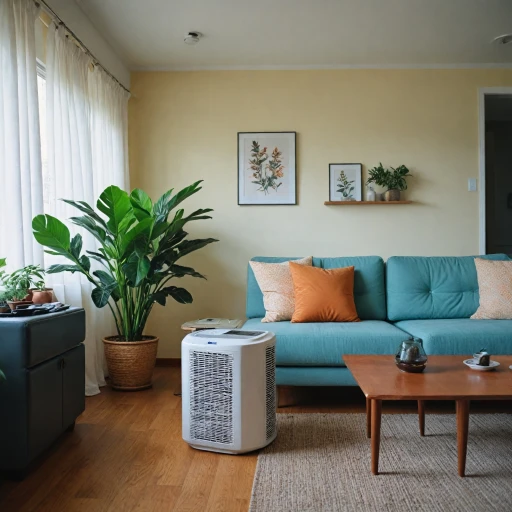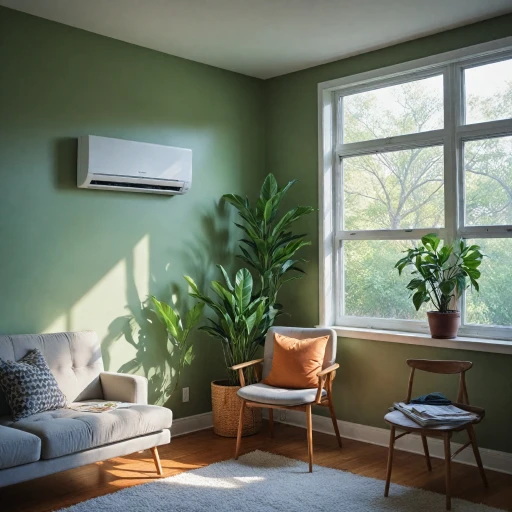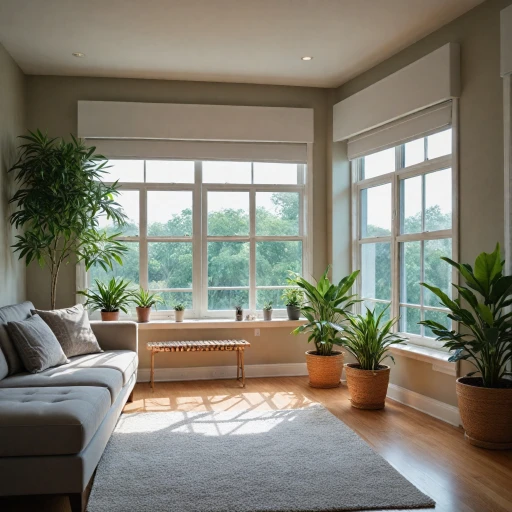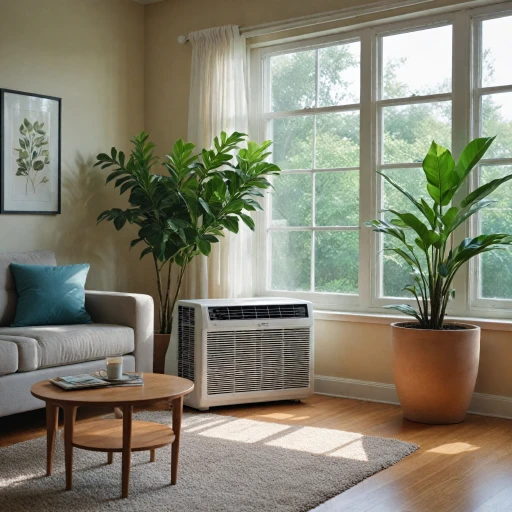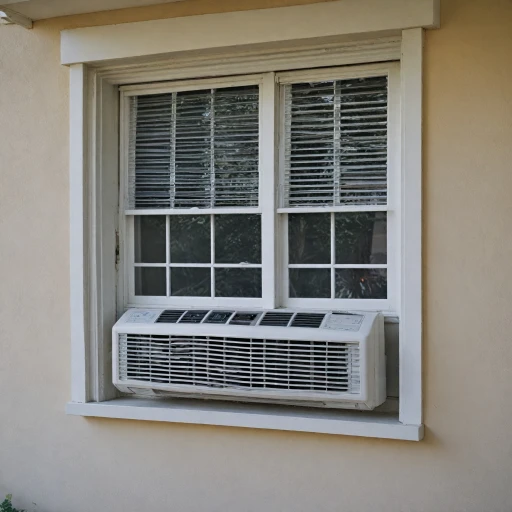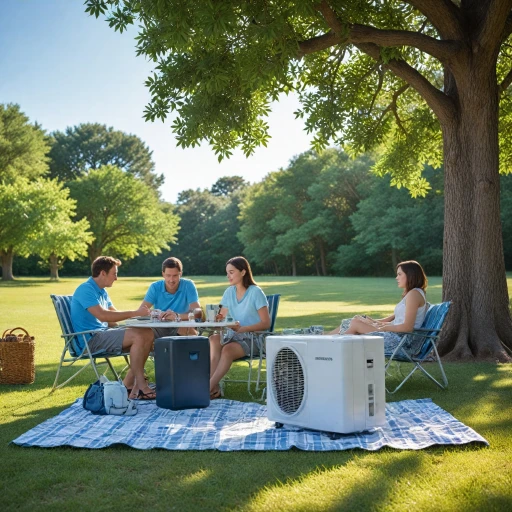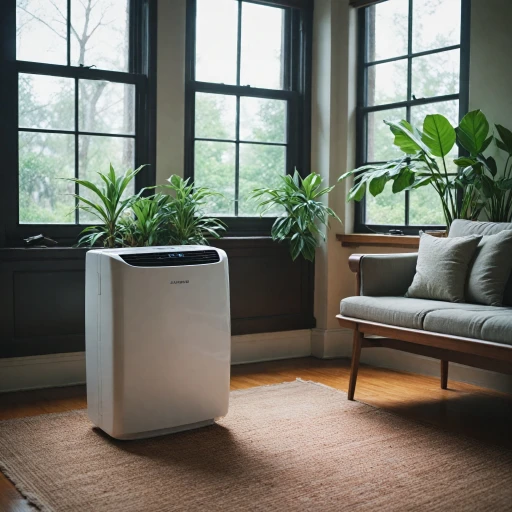
Understanding AC Top Roof Units
Exploring the Fundamentals of Rooftop Air Conditioning Systems
Rooftop air conditioning units have emerged as a popular solution for both commercial and residential cooling needs. These units are mounted externally on the roof, which offers several advantages. By understanding the core components and benefits, you can make an informed decision on whether a rooftop AC unit is suitable for your needs. With brands like Goodman leading the market, it's vital to understand the basics of SEER ratings, BTU capacities, and installation requirements. Rooftop systems, such as packaged units, incorporate both the air conditioning and heating components in a single unit, making them efficient space-savers. This design is particularly advantageous for properties with limited space, as the setup avoids the need for an indoor furnace. Typically, these units come in various ton and BTU capacities, allowing one to customize cooling power based on their specific cubic footage requirements. Goodman, a well-regarded brand in the HVAC industry, offers a range of rooftop units with varying SEER ratings to cater to differing efficiency needs. A unit’s SEER (Seasonal Energy Efficiency Ratio) indicates its cooling efficiency, with higher ratings often translating to reduced energy consumption and lower operational costs. Investing in a high SEER unit could result in considerable savings in the long run, despite potentially higher upfront costs. Choosing the right rooftop air conditioning system also involves evaluating whether a single-phase or multi-phase power supply is necessary, as well as considering ultra-low NOx options for reduced environmental impact. Furthermore, ensure the unit features sturdy construction and reliable reviews that affirm its durability and performance. For those interested in a deeper dive into air conditioning solutions, you may want to explore the comprehensive benefits of window AC units, which offer additional flexibility in certain scenarios. Check out this resource on Frigidaire window AC benefits for more information on efficient cooling alternatives.Key Features to Look For
Must-Have Specifications for Optimal Performance
When opting for a rooftop air conditioning unit, a clear understanding of the essential features can make all the difference in ensuring you choose the right unit for your needs. These systems vary significantly in terms of cooling capacity, energy efficiency, and installation requirements.
- Cooling Capacity: The cooling power of your rooftop unit is often measured in tons or BTUs. Ensure the unit's capacity aligns with the space size you need to cool. Standard options like the Goodman units offer reliable cooling, commonly available in various ton sizes to suit different requirements.
- Energy Efficiency: Look for units with a high Seasonal Energy Efficiency Ratio (SEER). Higher SEER numbers, like those available in Goodman units, mean greater energy efficiency, which can lead to long-term savings. A unit with a high SEER rating can significantly reduce energy consumption.
- Dual Functionality: Some modern rooftop systems double as a heat pump, offering both heating and cooling capabilities. This feature reduces the need for a separate furnace, streamlining your HVAC setup and ultimately saving space and cost.
- Single Phase or Multi-Phase: Understanding your energy supply requirements is crucial. Single phase systems are typically sufficient for most residential applications, while multi-phase systems may better serve commercial environments, providing robust performance under higher load demands.
- Noise Levels: Consider models that employ low NOx technology, which not only reduces emissions but also often results in quieter operation. This aspect can enhance your comfort and overall satisfaction with the unit.
It’s necessary to dive into understanding these benefits to help make an informed decision when selecting your HVAC solution. Rooftop air conditioners offer incredible versatility and potential for improving your indoor climate, provided you choose the right features to meet your specific needs.
Installation Considerations
Proper Planning for Rooftop AC Installation
When it comes to installing a rooftop air conditioning system, careful planning is key to ensuring optimal performance and longevity. There are several factors to take into account when deciding on the perfect goodman rooftop air conditioner for your space. First, consider the unit's weight and your roof's load-bearing capacity. Roof top units like the packaged unit or the goodman ton series vary in size and weight. It's crucial that your roof can support the air conditioner along with any additional stress from elements like snow or wind. Secondly, evaluate the ductwork and electrical requirements. Rooftop units typically require specific design considerations for ductwork to ensure that the cooling power and heat are efficiently distributed throughout your space. Likewise, having the correct electrical infrastructure in place is imperative for seamless single phase operation. The accessibility of the unit roof also involves added logistics during installation. It’s essential to have a clear pathway and plan for placing the unit atop your building, which might call for the use of cranes or specialized equipment. Additionally, factor in the environmental conditions at your location. Units positioned on the roof are exposed to harsh weather, which can impact their durability. Opting for a rooftop air conditioner with a higher SEER rating might help offset harsh conditions by promoting energy efficiency and reducing operational costs. Finally, ensure you comply with local building codes and regulations regarding rooftop systems installation. This ensures that your HVAC system is installed safely and legally, avoiding future complications. Considering these installation aspects thoroughly will save you from costly issues down the line and allow you to enjoy seamless cooling for years to come. Remember, the key is in understanding the benefits of an amana ptac unit for your space, harmonizing efficiency with practicality.Maintenance Tips for Longevity
Optimal Care for Your Rooftop System
Maintaining your rooftop air conditioning system is crucial for ensuring its longevity and optimal performance. Just like any other vital appliance, regular check-ups and maintenance work can help prevent unforeseen issues, allowing you to enjoy uninterrupted cooling. A high-quality air conditioning unit, like those from Goodman, require proper care to operate efficiently. Here’s a checklist to help you keep your unit running smoothly:- Regular Cleaning: Dust and debris can accumulate on the unit, reducing its efficiency. Periodically clean the exterior and make sure any ventilation openings are clear.
- Filter Replacement: Filters should be checked monthly and replaced as needed. This ensures good airflow and prevents blockages in the system.
- Inspect Wiring: Over time, electrical connections may degrade. Inspect wiring for wear and tear, and consult with a professional if you notice any damage.
- Coil Maintenance: Clean evaporator and condenser coils regularly to maintain energy efficiency. Dirty coils make the system work harder, increasing energy consumption and wear.
- Seasonal Tune-Ups: Book a professional service to inspect and tune up the system. A trained HVAC technician can identify and fix potential issues that may not be visible to the untrained eye.
Comparing Costs and Benefits
Evaluating the Financial and Utility Benefits
When considering a rooftop air conditioner, assessing the cost versus benefits is crucial. Let’s delve into some key aspects that might influence your decision.- Initial Price and Installation Costs: The initial outlay for a rooftop unit, such as a Goodman or other brand, can be significant. Prices can vary widely depending on the BTU and SEER ratings. It’s essential to consider certified quotes from HVAC professionals. While rooftop units may have higher installation costs due to their placement on the roof, their efficiency might offset this with reduced energy bills over time.
- Efficiency and SEER Ratings: The SEER (Seasonal Energy Efficiency Ratio) rating assesses the cooling efficiency of your unit. Units with higher SEER ratings may have a higher upfront price, but their efficiency pays off in lower energy costs, particularly in regions with long, hot summers.
- Operational Costs: Beyond the initial purchase, consider ongoing expenses such as electricity consumption and routine maintenance. Rooftop air conditioners usually have robust longevity but necessitate regular check-ups to maintain peak performance.
- Energy-Efficient Systems: Opting for models like ultra-low NOx units or those incorporating heat pumps can provide dual benefits of cooling and heating, thus enhancing utility. The integration of multi-phase systems can also allow for more controlled energy use.
- Space and Noise Considerations: Packaged units are especially advantageous if indoor space is at a premium. Additionally, rooftop systems often operate quieter, an appealing factor for noise-sensitive environments.
- Reviews and Ratings: Consulting reviews for various units, such as the Goodman ton or similar systems, can provide real-world insights into performance and durability. Users often discuss reliability and highlight any operational issues, offering a practical view beyond the manufacturer's claims.
Environmental Impact and Energy Use
Evaluating Environmental and Energy Considerations
When selecting a rooftop air conditioning unit, it's crucial to consider its environmental impact and energy efficiency. These factors not only affect the environment but also influence your long-term costs and system performance.
One of the primary metrics for assessing energy efficiency is the Seasonal Energy Efficiency Ratio (SEER). A higher SEER rating indicates a more efficient unit, which can lead to lower energy bills. For instance, Goodman air conditioners are known for their high SEER ratings, making them a popular choice for those seeking energy-efficient solutions.
Additionally, look for units that utilize eco-friendly refrigerants. These refrigerants have a lower global warming potential (GWP), reducing the environmental footprint of your cooling system. Many modern rooftop units are designed with this in mind, offering both efficiency and sustainability.
When comparing costs and benefits, consider the long-term savings associated with energy-efficient units. Although the initial price of a high SEER rooftop unit might be higher, the reduction in energy consumption can offset this cost over time. Moreover, some regions offer rebates or incentives for installing energy-efficient systems, further enhancing the financial benefits.
It's also worth noting the advancements in HVAC technology, such as heat pumps and packaged units, which provide both heating and cooling capabilities. These multi-functional systems can be more efficient than traditional single-phase units, offering an all-in-one solution that minimizes energy use.
In conclusion, while the upfront cost of an energy-efficient rooftop air conditioner might be higher, the long-term benefits in terms of reduced energy consumption and environmental impact are significant. By carefully considering these factors, you can make an informed decision that aligns with both your financial and environmental goals.
